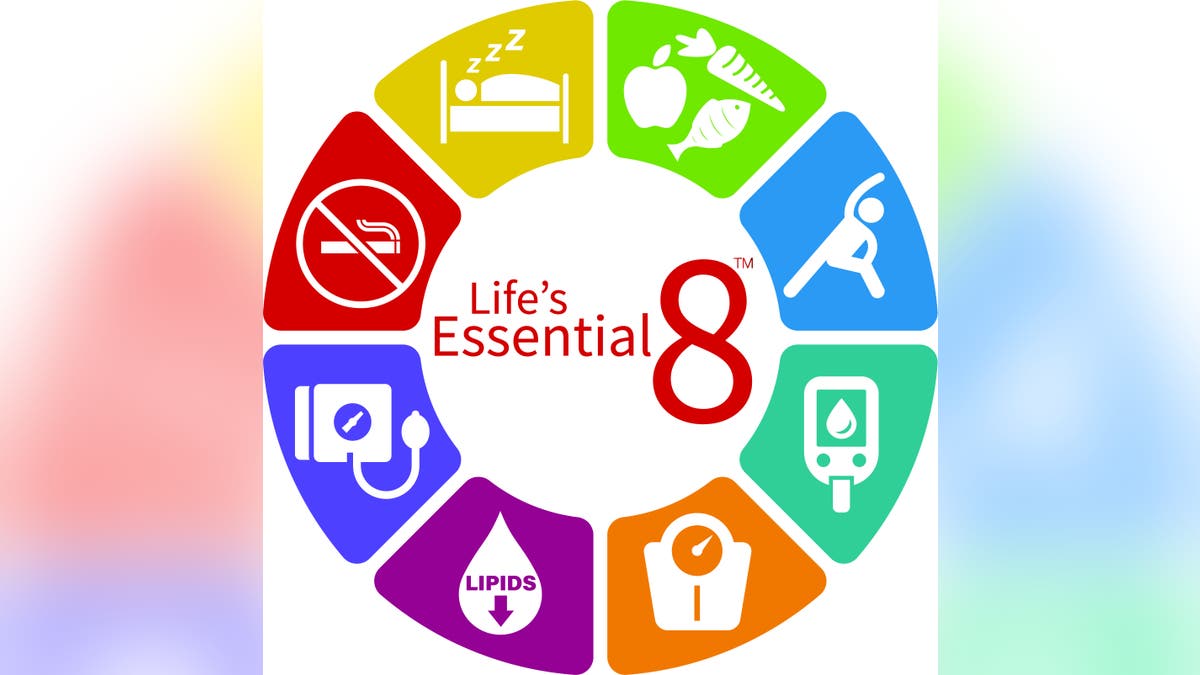We support our Publishers and Content Creators. You can view this story on their website by CLICKING HERE.
Strokes are the fifth-leading cause of death in the United States, and the leading cause of disability — but up to 80% of them are preventable.
That’s according to the American Stroke Association (ASA), which on Monday published its updated guidelines for stroke prevention in the journal Stroke.
This was the first update since its 2014 set of guidelines.
STROKE SIGNS, SYMPTOMS, RECOVERY AND PREVENTATIVE MEASURES: LIFE CHANGES A SURVIVOR MAY FACE
“The key to preventing stroke is to understand what the risk factors are and have access to care to address the ones that may require medications, such as high blood pressure, high cholesterol and diabetes,” study author Cheryl Bushnell, professor of neurology and stroke division chief in the Department of Neurology at Wake Forest University Health Sciences in Winston-Salem, told Fox News Digital.

Strokes are the fifth-leading cause of death in the United States, and the leading cause of disability — but up to 80% of them are preventable. (iStock)
“Other prevention approaches are lifestyle changes, such as weight loss, being physically active, avoiding sitting all day during waking hours, eating a healthy diet (such as the Mediterranean diet), treating sleep apnea (which prevents optimal sleep at night) and smoking cessation.”
Dr. Bradley Serwer, a Maryland-based cardiologist and chief medical officer at VitalSolution, an Ingenovis Health company that offers cardiovascular and anesthesiology services to hospitals nationwide, commented on the updates to Fox News Digital.
PEOPLE WITH BRAIN ANEURYSMS AT HIGHER RISK OF SOME MENTAL HEALTH DISORDERS, STUDY FINDS
“These guidelines have several unique takeaway points, but focus on primary prevention with established strategies focused on better diet, exercise, avoiding tobacco, improving sleep quality and treating known risk factors such as diabetes, hypertension and hypercholesterolemia,” he said.
Bushnell recapped the main changes in what she calls an “important and timely update.”
New medications
Since the last set of guidelines, there have been “groundbreaking clinical trials” into new medications that not only treat the target disease — such as diabetes, obesity and high cholesterol — but also reduce the risk of stroke and heart disease, according to Bushnell.

Stroke prevention practices are closely tied to Life’s Essential 8, the American Heart Association’s eight elements that are deemed essential for cardiovascular health. (American Heart Association)
“For example, the glucagon-like peptide (GLP-1) receptor agonists have been shown to not only drastically reduce blood sugars in patients with diabetes, but they also lead to significant weight loss in these patients, which has many downstream benefits,” she told Fox News Digital.
“Together, this reduces the risk of stroke and other complications of diabetes.”
“Like coronary artery disease and heart attacks, strokes are largely preventable if we start early.”
Also recommended are the PCSK9 inhibitors, a class of drugs that Bushnell said are very effective at lowering LDL (bad) cholesterol.
“These medications have also been shown to reduce the risk of stroke,” she added.
Physical activity
For stroke prevention, the ASA has historically recommended 150 minutes of moderate-intensity physical activity, 75 minutes of vigorous-intensity physical activity or a combination of both.
The new set of guidelines emphasizes the importance of not only being physically active, but also avoiding sedentary behavior during waking hours, according to Bushnell.

For stroke prevention, the ASA has historically recommended 150 minutes of moderate-intensity physical activity, 75 minutes of vigorous-intensity physical activity or a combination of both. (iStock)
“We provide a new recommendation for screening for sedentary behavior and counseling patients to avoid being sedentary,” she said.
Tailored guidance for women, other groups
The ASA’s update also includes specific recommendations for certain groups.
For pregnant women, there is guidance for lowering high blood pressure and screening for pregnancy complications, according to Bushnell.
CLICK HERE TO GET THE FOX NEWS APP
For all women, the ASA also calls for screening for premature ovarian failure (very early menopause before age 40), early-onset menopause (before age 45), and endometriosis (an inflammatory condition caused by endometrial tissue found outside the uterus).

The ASA’s new guidelines include a greater emphasis on screening for women’s health issues. (iStock)
“We also recommend screening for adverse social determinants of health (SDOH), which is new from the prior guidelines,” Bushnell said.
“There is abundant evidence that adverse SDOH can be barriers to prevention — inability to afford health insurance and medications, access to health care, etc. — and therefore increase stroke risk.”
CLICK HERE TO SIGN UP FOR OUR HEALTH NEWSLETTER
Overall, Bushnell said, the guidelines offer “relatively simple strategies” that could effectively lower the risk of stroke.
“The main additional point is that all our recommendations will not only lead to better stroke prevention, but also improve brain health,” she said.

The updated guidelines reflect “significant research and clinical lessons” learned over the past 10 years, a cardiologist said. (iStock)
“The risks for dementia are essentially the same as the risks for stroke.”
Overall, Serwer added, the updated guidelines reflect “significant research and clinical lessons” learned over the past 10 years.
For more Health articles, visit www.foxnews.com/health
“It is important for professional societies to come together to provide multidisciplinary guidelines to better help our patients,” he said.
“Like coronary artery disease and heart attacks, strokes are largely preventable if we start early.”

 Conservative
Conservative  Search
Search Trending
Trending Current News
Current News 





